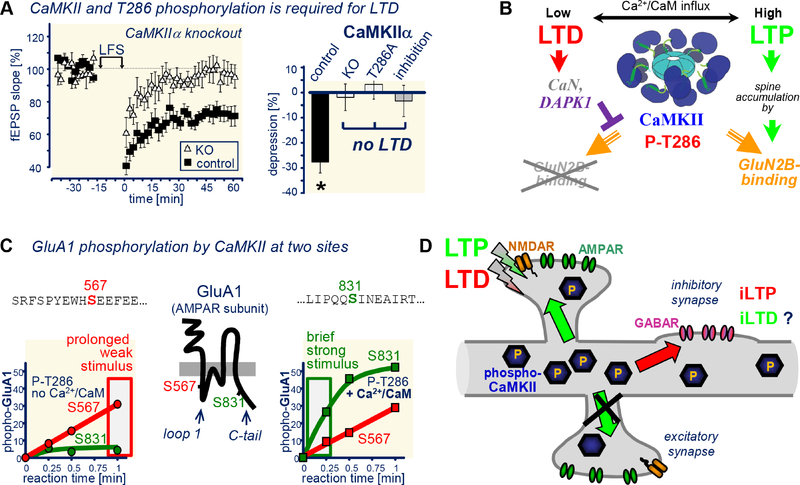Figure 8. CaMKII in LTD: mechanisms that enable roles in opposing forms of plasticity.
(A) CaMKII requirement in LTD: Low frequency (LFS)-induced LTP is blocked by CaMKII knockout (KO), T286A mutation, and by acute inhibition (with 5 μM tatCN21; adapted from (Coultrap et al., 2014a).
(B) LTP-specific CaMKII targeting to excitatory synapses is mediated by LTD-specific suppression of such targeting by calcineurin-dependent activation of dApKI (adapted from (Goodell et al., 2017).
(C) Differential phosphorylation of GluA S567 versus S831, with S567 being an unusual substrate that is equally well phosphorylated by stimulated and autonomous activity, and S831 being a typical substrate that is more readily phosphorylated when additionally stimulated with Ca2+/CaM (adapted from (Coultrap et al., 2014a). Notably, CaMKII prefers an Arg in the −3 position, but this is lacking in both of these substrate sites on GluA1.
(D) Both LTP and LTD induce CaMKII T286 phosphorylation, but LTP-stimuli trigger input-specific CaMKII movement to the stimulated excitatory synapses, while LTD-stimuli instead trigger CaMKII movement to inhibitory synapses. At excitatory synapses CaMKII is required for LTP and LTD; at inhibitory synapses, it is at least required for the iLTP that is induced by excitatory LTD.

